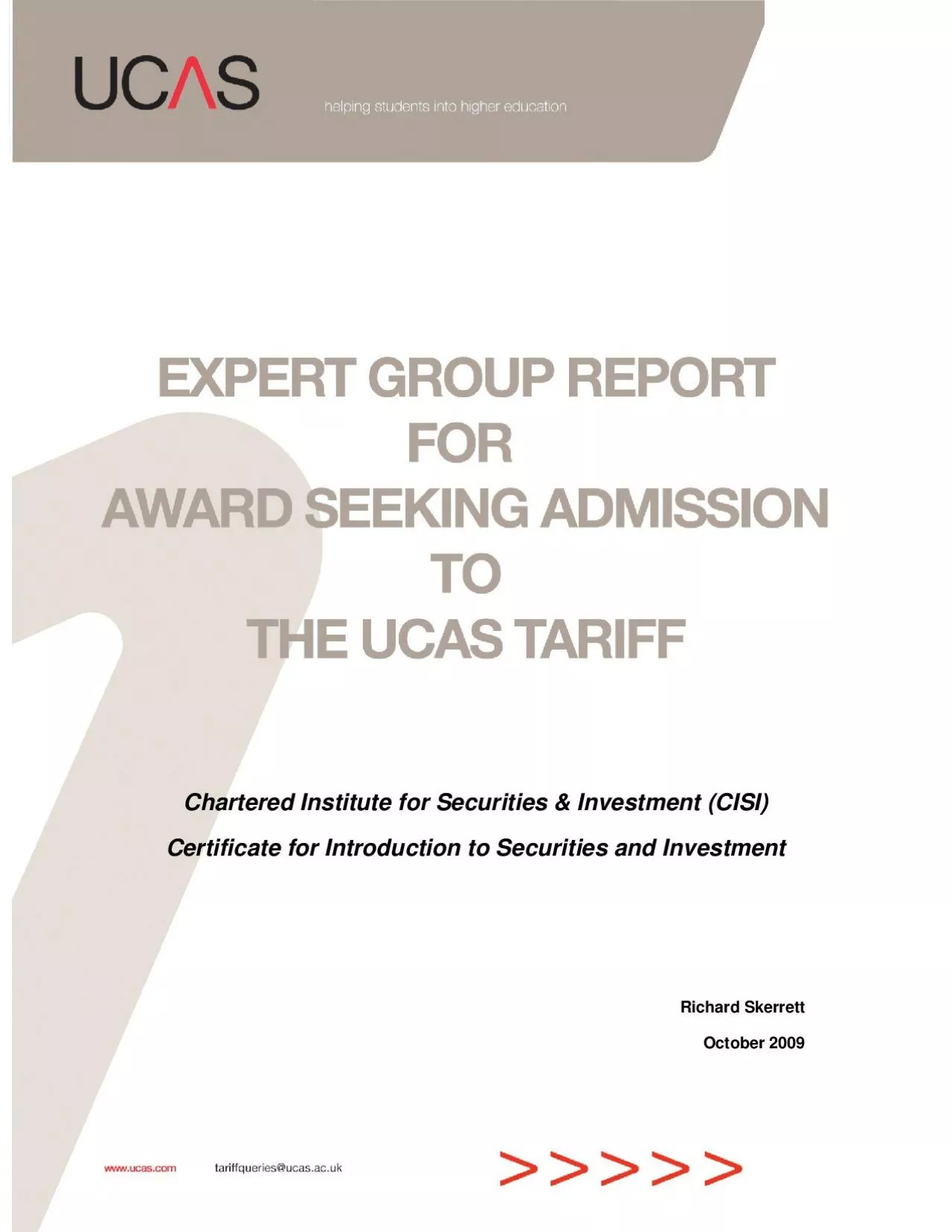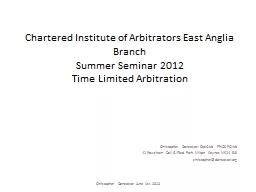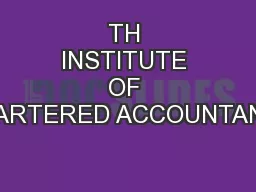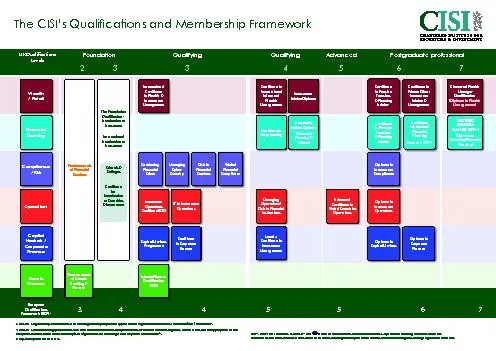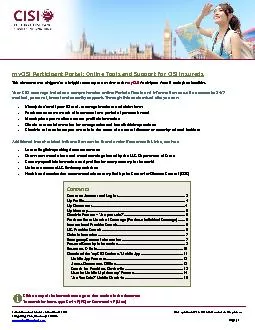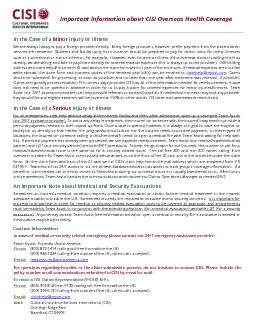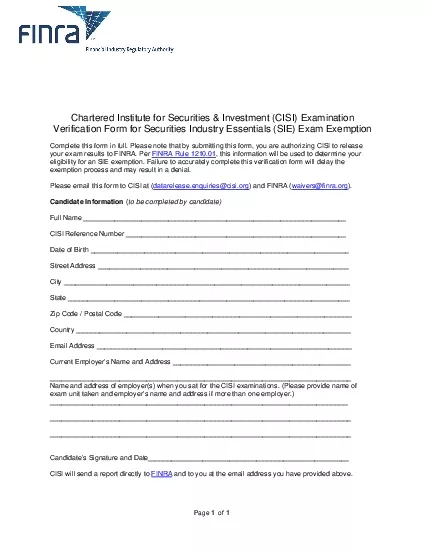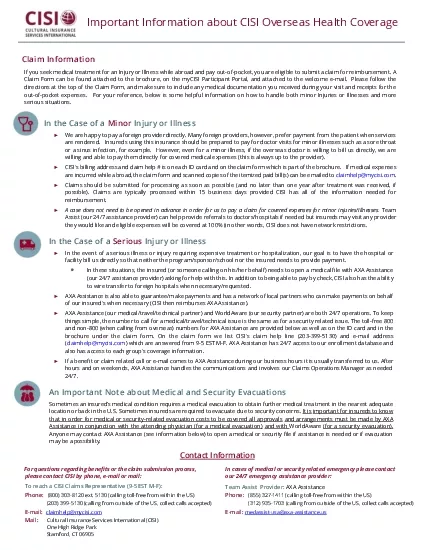PDF-Chartered Institute for Securities Investment CISI Certificate for In
Author : harmony | Published Date : 2021-08-18
CISI Tariff report FINAL CONTENTS PAGE THE CONDUCT OF THE COMPARABILITY STUDY SECTION 1 SUMMARY AND RECOMMENDATIONS SECTION 2 OVERVIEW OF CISI CERTIFICATE FOR INTRODUCTION
Presentation Embed Code
Download Presentation
Download Presentation The PPT/PDF document "Chartered Institute for Securities Inve..." is the property of its rightful owner. Permission is granted to download and print the materials on this website for personal, non-commercial use only, and to display it on your personal computer provided you do not modify the materials and that you retain all copyright notices contained in the materials. By downloading content from our website, you accept the terms of this agreement.
Chartered Institute for Securities Investment CISI Certificate for In: Transcript
Download Rules Of Document
"Chartered Institute for Securities Investment CISI Certificate for In"The content belongs to its owner. You may download and print it for personal use, without modification, and keep all copyright notices. By downloading, you agree to these terms.
Related Documents

